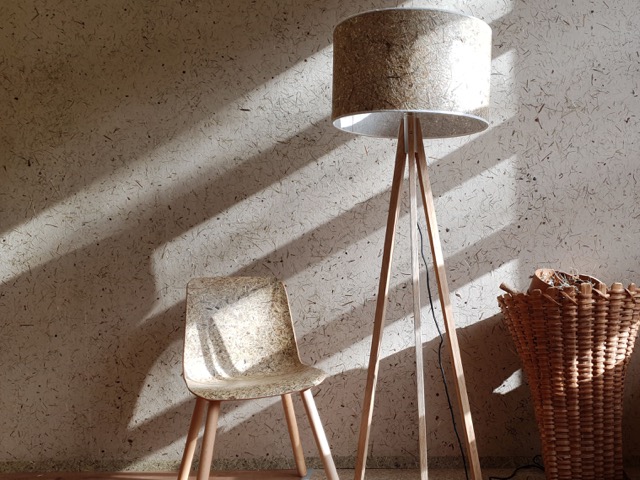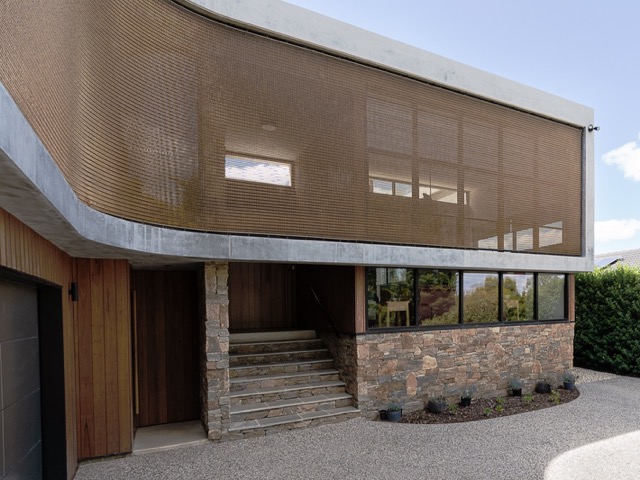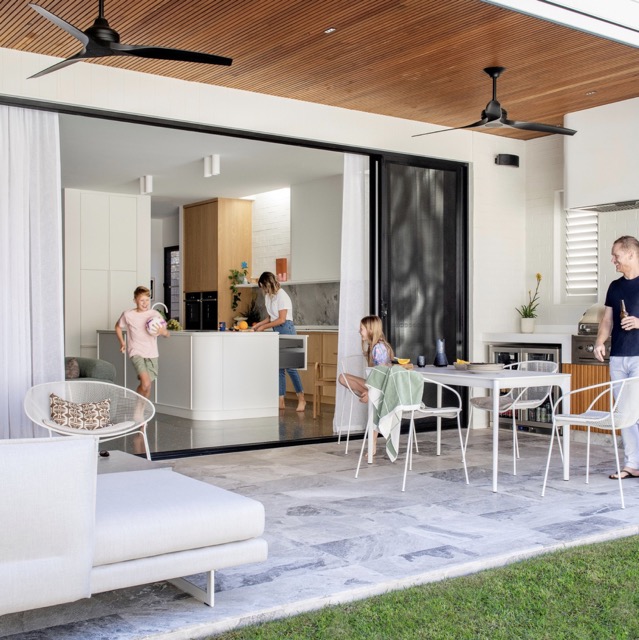The Engineered Stone Ban in Australia: What Are Your Alternatives?
The Australian marketplace for kitchen benchtops and other stone surfaces is experiencing a seismic shift. Following the upcoming Western Australia ban of the use, manufacturing, supply, processing and installation of engineered stone, homeowners and designers are assessing alternative options. In light of this, it’s important to explore alternative materials that can provide the same durability and aesthetic appeal without the associated risks.

Assessing Alternatives
Several materials can serve as safer substitutes for engineered stone. Each has its own set of advantages and limitations, but all can offer viable solutions to the ban’s repercussions.
1. Granite
Granite is a natural stone that’s well-known for its durability and timeless beauty. It’s resistant to scratches, heat, and stains, making it an excellent choice for a high-use area like a kitchen. However, its natural pores require sealing to prevent absorption of liquids that could lead to staining or bacterial growth.
2. Solid Surface
Solid surface materials, such as Corian or Staron, are made from acrylic, polyester materials, or a combination of the two. They offer the versatility of a seamless appearance and can be molded and shaped to fit any design. Solid surfaces are also non-porous, making them resistant to water, bacteria, and stains.
3. Porcelain and Ceramic
Porcelain and ceramic are not typically considered for kitchen benchtops, but with advanced technology, these materials are now available in large, slab-style forms that mimic the look of natural stone or even wood. They are extremely hard and non-porous, making them very durable and easy to maintain.
4. Recycled Glass
Recycled glass materials consist of glass chips suspended in either concrete or a clear acrylic binder. They are available in a wide range of colors and can be backlit for a stunning effect. While they are heat, scratch, and stain-resistant, some care must be taken to avoid chipping the edges.
5. Laminates
Laminates have come a long way from the faux wood-grain prints of the past. Modern laminates can convincingly mimic the look of stone, wood, or metal and are highly affordable and easy to install. Though they’re more susceptible to scratches and heat, their low cost and vast design options make them an attractive alternative for many.
6. Wood
Butcher block and other wooden surfaces are naturals for rustic or traditional kitchen designs. Wood is naturally antimicrobial, and if properly maintained and sealed, can be a long-lasting and attractive benchtop. It does, however, require regular maintenance to prevent water damage and discoloration.
What Will Replace Engineered Stone in Australian Homes?
Manufacturers and designers are already exploring new materials and formulations that can provide the aesthetic and performance characteristics that homeowners and builders demand, without the associated risks.
The upcoming ban on engineered stone has put Solid Surface products like Staron back front and centre for residential projects. Staron Solid Surfaces offer an abundance of features and benefits to interior design and is an excellent alternative to stone surfaces.
The Future of Kitchen Benchtops
While it’s currently uncertain which alternatives will emerge as the most popular replacements for engineered stone, it’s clear that a combination of factors will drive consumer choice. Affordability, aesthetics, durability, and ease of maintenance will all play a role. Customers and professionals alike will need to stay informed about new products and technologies in the market.
Considerations for the Industry
The ban also presents challenges and opportunities for the broader construction and design industries. Manufacturers must rapidly innovate, and training for safe practices with these new materials will be paramount. Designers and renovators will need to educate customers about their options and understand the nuances of installation and care practices for the alternatives they recommend.
Beyond the Benchtop
The ban does not just impact kitchen benchtops but all engineered stone surfaces, including bathroom vanities and wall cladding. Thus, the search for suitable substitutes extends to these applications as well. The design community must consider the aesthetic continuity of various spaces within a home and identify materials that can serve multiple purposes across different areas.
The Lasting Impact on Design Trends
The engineered stone ban in Australia is part of a broader international trend towards more stringent health and safety standards in the built environment. It will inevitably influence design trends, as the focus on public health and sustainability becomes more pronounced. Alternative materials that meet these criteria will likely see increased demand, driving innovation in the design space.
Aesthetic Adaptation
Designers and homeowners may need to shift their aesthetic preferences to accommodate the characteristics of the approved alternatives. This could lead to a renaissance in design styles that are particularly well-suited to the properties of the new materials, and forges a path towards more sustainable and health-focused interior designs.

Consumer Awareness and Education
In the wake of the ban, consumer awareness and education have become more critical than ever. Clear, accurate information about the properties and care requirements of different materials will be essential for making informed choices. Design professionals will play a crucial role in bridging this knowledge gap, ensuring that consumers understand their options and the long-term implications of their decisions.
Innovation and Collaboration
The need for alternatives is driving innovation and collaboration across the industry. Material scientists, designers, architects, and manufacturers are coming together to explore new formulations and products. This collaborative spirit not only helps to address the immediate need for substitutes but can also lead to new, exciting possibilities that redefine the future of interior design.

While the upcoming ban presents challenges, it also offers an opportunity to explore and adopt materials that prioritise health and safety. By understanding the options available and staying abreast of new developments, homeowners, designers, and industry professionals can ensure that the replacements for engineered stone are not just functional but also beautiful and sustainable.
Image Credit: Austaron Surfaces
Source: Worksafe






